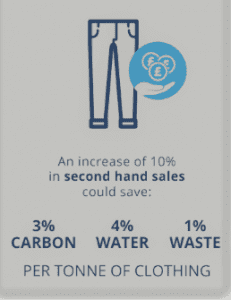Loading 40′ High Cube Containers for Export
When we say that the used clothing industry is global, we really mean it. Based on a United Nations report, the USA and Canada alone exported used clothes for a value of $700 million in 2016. All charities running a thrift store can potentially benefit of this revenue stream to support their local communities.
Funding programs with overseas dollars starts with knowing how to properly load 40′ high-cube maritime containers with mixed rags bales. The process to loading a container is actually very similar to the one to loading a trailer. The most important consideration is attaining the highest weight possible with little air space left. There is a main difference though: as maritime containers are shorter, they should be loaded all the way to the back doors.
To add value to your recycle sales, consider containers – it is most important as the industry moves forward with increased overseas destinations!
4 out of 5 Countries in EAC Back off the Used Clothing Ban
We are happy to announce that the proposed ban on second-hand clothing imports from the USA by members of the East African Community (EAC) will not be implemented by four out of the five countries who originally proposed the ban. The news was communicated to the Secondary Materials and Recycled Textiles Association (SMART) by the Office of the United States Trade Representative (USTR) on March 29, 2018.
Thanks SMART association for your commitment supporting our industry on this matter.
Central American Elections: Used Goods Trade to Speed Up
El Salvador and Costa Rica – two of the main importers of credential clothing and other salvage goods in Latin America – have voted for new municipal and federal Governments respectively in the past weeks. With an unclear forecast on who would win the seats all along the election campaigns, uncertainty took over the markets. The imports of used clothing slowed down in February and March. Nevertheless, the optimism among the importers and retailers of second hand consumer goods start raising again in April. The ability to move containers of used clothing in Central America will speed up in the coming weeks.

The Importance of Reusing Clothing
Nearly 60% of all clothing produced ends up in incinerators or landfills within a year of being made (McKinsey 2016). It is estimated that an increase of 10% in second hand clothing sales could have a radical impact on global environmental impacts. Join us on our mission to find relevant solutions for the crisis of stuff.
Source: Valuing Our Clothes.







